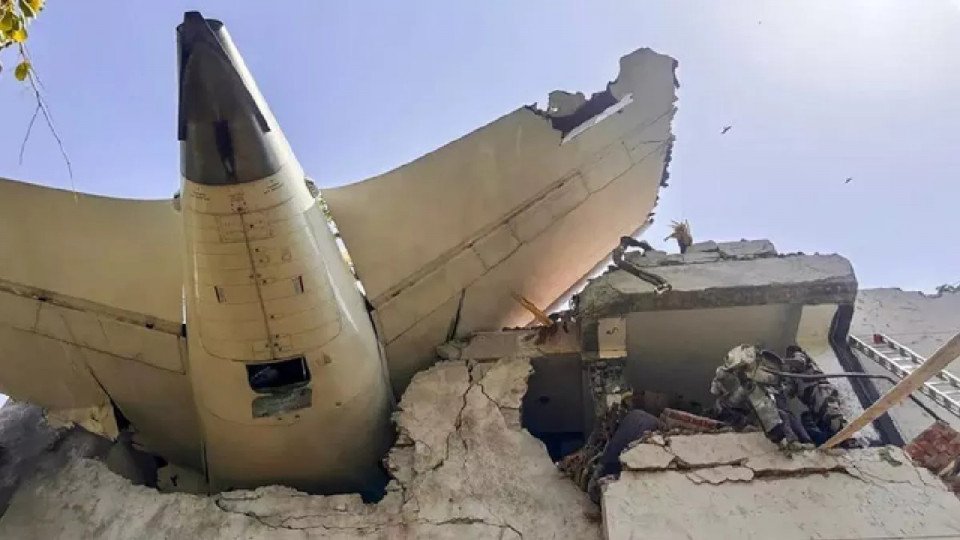
Half-burnt part of the plane after the Ahmedabad plane crash. (Social Media)
National News: A fresh development has emerged in the investigation of the tragic Air India flight AI171 crash that occurred shortly after takeoff from Ahmedabad on June 12. Contrary to earlier reports in several Western media outlets, which suggested that the pilots had intentionally cut off the aircraft’s fuel supply, recent findings have challenged and dismissed that theory.
Investigators have found crucial evidence in the wreckage. Notably, the tail section of the plane did not catch fire, and experts believe this area shows signs of an electrical fire rather than a fuel-related one. This detail is seen as a significant clue that shifts the direction of the investigation.
Officials probing the crash have pointed towards a disturbance in the aircraft’s power supply system. The only survivor, Vishwas Kumar Ramesh, confirmed that the plane’s lights were flickering continuously before the crash—indicating possible electrical failure or short-circuiting on board.
The body of a cabin crew member was discovered in the tail section of the plane, still strapped in with a seat belt. It was found 72 hours after the incident and had decayed due to chemical exposure from firefighting efforts. However, the presence of the body and the relatively preserved condition of the rear compartment confirm that this section was largely unaffected by fire.
Before departing from Ahmedabad for London, the same aircraft had flown in from Delhi. During that earlier flight, a technical fault was reported in a component called the STAB POS XDCR, which is located in the tail section. Though the part was repaired before the London flight, investigators are now closely examining whether it played a role in the crash.
Interestingly, the plane’s Auxiliary Power Unit (APU)—also located in the tail and responsible for powering the aircraft during engine startup and as a backup—was found undamaged. Investigators have also noticed signs of an electrical fire in this area, strengthening the theory of a power system malfunction.
Aviation experts believe that the earlier suggestion about the pilots intentionally cutting off the fuel might not be accurate. If the power supply was interrupted, it could have caused an automatic or mistaken fuel shutdown. Experts explain that restarting fuel flow after a cutoff takes just one second. In a two-pilot cockpit, the second pilot would usually have enough time to correct any such error. This indicates that the fuel cutoff theory does not fully explain the crash.
The investigation into the Air India AI171 crash is still ongoing, but the latest findings indicate that an electrical malfunction—particularly in the aircraft’s rear section—may have led to the tragedy. As more components are examined and expert analysis continues, the real cause is slowly coming to light, pushing aside the premature accusations made earlier by foreign media.













Copyright © 2025 Top Indian News
